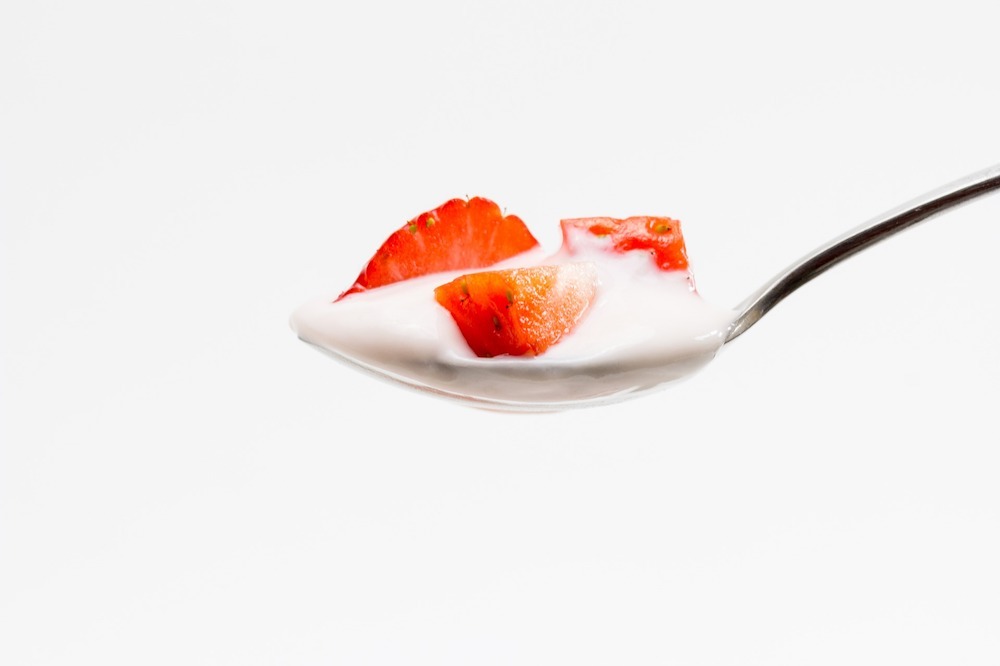The first step towards helping brands reduce their carbon footprint is by understanding what “sustainability” means to them

The difficulty of making unsustainable products sustainable is a challenge that structural packaging designers must consider more than ever (Credit: Pixabay)
In recent years, consumer demand for businesses to become more environmentally-conscious has grown. Design agency Echo’s creative director, Andrew Capper, looks at how packaging design can help brands become more sustainable.
How hard is it to make the unsustainable sustainable? It’s a common problem that structural packaging designers (and, increasingly, brand managers too) must consider more than ever as the urgency to make positive innovations that reduce carbon footprint becomes prevalent.
It’s a conundrum with no one-size-fits-all answer. However, there are some guiding principles that brands and design agencies can work together to follow and effectively navigate a complex problem.
These challenges can be split into four camps, and encompass the myths and misconceptions of sustainability.
Firstly, there is a fundamental misunderstanding in what is and isn’t sustainable – secondly, the material selection process is a difficult one involving a series of trade-offs and unfortunate sustainability compromises.
Thirdly, there is underinvestment in new manufacturing and supply chain processes to aid much-needed innovation – and lastly, higher material and conversion, in fact, cost more – as they say, money talks.
The packaging world is littered (literally!) with examples of bad design choices having negative effects on the environment.
This is why the collaboration between brands and sustainable design experts is crucial throughout the design process.

Designing sustainably can be somewhat of a balancing act, but if brands make the decision early on to work with experts they can ensure that everything – from the materials sourced, to how products arrive at stores and then enter the next iteration of their being – are carefully considered in the overall design process.
If a brand is to be successful in designing sustainably, they need to find their own solutions to the above predicaments.
The so-called trade-offs in sustainable packaging design
The first step towards helping a brand reduce its carbon footprint is in understanding what “sustainability” means to them.
Is it less plastic? Reducing carbon emissions? Manufacturing refillable packaging? Or even using more efficient transport? Is the brand itself even aligned internally on what they want to accomplish?
We can already see the myriad, complex considerations that must be made when thinking, designing and producing sustainably.
Straight forward it isn’t. The reality, less than ideal – for compromises are usually made on initial good intentions, particularly if it’s a brand’s first tentative steps in sustainable packaging design.

Let’s look at these so-called trade-offs.
A well-known yoghurt brand recently launched a new premium yoghurt.
They chose to package the yoghurt in a glass jar as part of the premium positioning of the brand and, of course, wanted the consumer to know that their product was now made from “sustainable” glass.
But it doesn’t take a sustainability or packaging expert to understand how this might not actually be the most sustainable mode of packaging.
Firstly, a glass yoghurt jar is only sustainable if it is, indeed, recycled by the consumer.
Conversely, the much-maligned plastic yoghurt pot in its third or fourth iteration does the job much better.
Secondly, if a brand moves from plastic to glass, its transport efficiency would plummet due to the weight and size of the product, thanks to the composition of the material.
Then there are the furnaces emitting carbon energy to fire the glass. In fact, if we looked at glass’ entire lifecycle, we would find that a glass jar’s carbon footprint is extremely large; larger than plastic in some cases.
What are the costs of making products more environmentally-friendly?
Some businesses have opportunities to start afresh: a new format with new tooling and new production lines.
But most others have to work within an existing infrastructure. It is not easy for a supply chain that has spent years, and large budgets, on a quest for silky-smooth efficiency.
One option is to launch a new range or lighthouse product alongside an existing range as a first toe in the water to prove a concept.
Head and Shoulders are famous for their Ocean Plastics initiative. The project, which is a few years old now, makes bottles completely from plastic collected from beaches.
The brand won a UN ‘Momentum for Change’ award for their successes.
Head and Shoulders is the best selling shampoo brand in the UK and has a tidy sum of capital in their back pockets.
They would have spent millions in new equipment and it’s likely that the sustainable materials they used cost them much more to produce than virgin plastic.
It’s harder to be sustainable if you’re a smaller brand. There is a hefty price tag attached to making sustainable choices for the designer as much as for the customer.

Wild Deodorants are one of a number of new, direct-to-consumer brands who have sustainability at their heart.
Wild is a natural deodorant with a durable aluminium dispenser and plastic-free compostable refills.
It looks desirable, works better and the sustainability benefits are clear to see – if you can afford it, that is.
At £25 for a starter kit and £6 per refill, there is a very limited number of consumers that will be able to trade up from what they spend today in what is largely a commodity category.
So despite a desire to do better, there are a series of factors stacked against us, that prevent us from innovating and readily adopting more sustainable practices.
At heart, consumers want to make good choices for the sake of the planet. But when push comes to shove, it often falls back on ingrained biases and, realistically, the size of people’s wallets.
The only way to solve this is to deliver something aspirational and attainable for consumers that also offers sustainability.
Together, brands and designers must create compelling packaging that offers a better consumer experience through premium sustainable design, which doesn’t cost the earth.
This is not an easy task and there is no one-size-fits-all solution, but having these conversations is the first step towards effecting positive change.
It is one challenge to have reinvented how you do things more sustainably; it is quite another to make consumers notice it, understand it, and sway the wavering hand.
It is only after brands and designers have mastered this together that we can move forward in our mission towards a more sustainable society.
